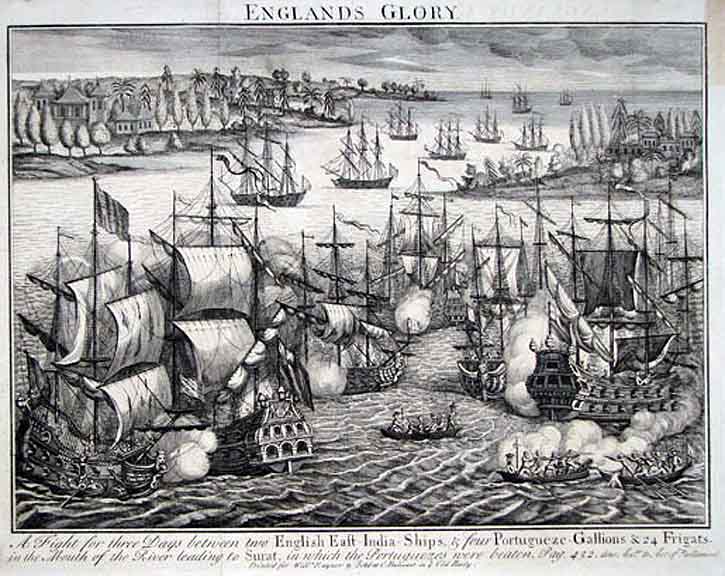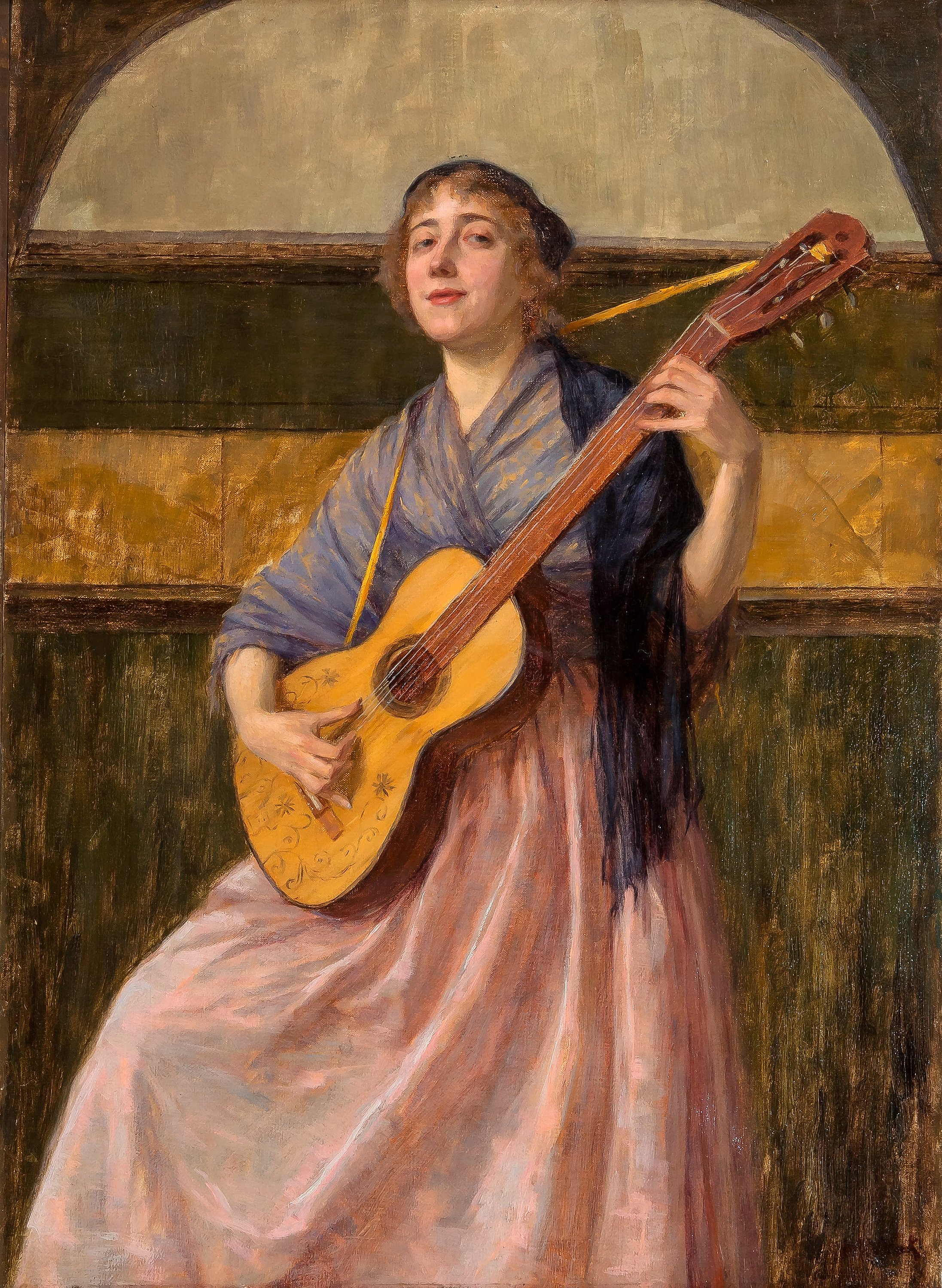|
Ivan Vlatković
Ivan Vlatković ( 1571 – 1612), known in folklore as Ivo Senjanin ("Ivo of Senj"), was a Kingdom of Croatia (Habsburg), Habsburg Croatian Uskoks, uskok who led numerous military exploits against the Ottoman Empire. Due to few historical sources, much of what is known about him today is mainly attributed to legend and folklore detailing his life and accomplishments with a medieval romanticism. Life Background Ivan Vlatković was born sometime in the 16th century. According to Yugoslav historian Vaso Čubrilović, he was the son of Novak, and belonged to a notable family of Senj, from where his family originated. According to Serbian writer , his ancestors were originally from Herzegovina, while according to Bosnian Croat writer , Senjanin was born in Senj or somewhere nearby into a family of immigrants from Herzegovina, the son of a Vlatko Jurjević.: " Ivo Senjanin was a real historical figure. He was the son of Vlatko Jurjevic. His parents came from Herzegovina, and settled in S ... [...More Info...] [...Related Items...] OR: [Wikipedia] [Google] [Baidu] |
Senj
Senj is a town on the upper Adriatic coast in Croatia, in the foothills of the Mala Kapela and Velebit mountains. The symbol of the town is the Nehaj Fortress () which was completed in 1558. For a time this was the seat of the Uskoks, who were Christian refugees from Ottoman Bosnia resettled here to protect the Habsburg monarchy, Habsburg borderlands. The Republic of Venice accused the Uskoks of piracy and declared Uskok War, war on them, which led to their expulsion following a truce in 1617. Senj is to be found in the Lika-Senj County of Croatia, the Roman Catholic Diocese of Gospić-Senj and the Roman Catholic Archdiocese of Rijeka. History Senj has apparently been inhabited since prehistoric times. Senj is an old settlement founded more than 3000 years ago on Kuk hill, which is east of today's Senj. A settlement called Athyinites or Athuinites (Αθυινιτες) in today's Senj was mentioned in Ancient Greece, Greek documents dated to the 4th century BC. The Illyria ... [...More Info...] [...Related Items...] OR: [Wikipedia] [Google] [Baidu] |
Herceg Novi
Herceg Novi (Cyrillic script, Cyrillic: Херцег Нови, ) is a town in Coastal Montenegro, Coastal region of Montenegro located at the Western entrance to the Bay of Kotor and at the foot of Mount Orjen. It is the administrative center of the Herceg Novi Municipality with around 33,000 inhabitants. The town was founded as a fortress in 1382 by the King of Bosnia, Tvrtko I of Bosnia, Tvrtko I Kotromanić, and named after Saint Stephen but the name did not stick, instead it became known as Novi (), also Castelnuovo in Italian (). Between 1482 and 1687 it was part of the Ottoman Empire and then from 1687 to 1797 the Albania Veneta of the Republic of Venice. It was a Catholic bishopric and remains a Latin titular see as Novi. Herceg Novi has had a turbulent past, despite being one of the youngest settlements on the Adriatic. A History of Montenegro, history of varied occupations has created a blend of diverse and picturesque architectural styles in the city. Names and etymolog ... [...More Info...] [...Related Items...] OR: [Wikipedia] [Google] [Baidu] |
Year Of Birth Unknown
A year is a unit of time based on how long it takes the Earth to orbit the Sun. In scientific use, the tropical year (approximately 365 solar days, 5 hours, 48 minutes, 45 seconds) and the sidereal year (about 20 minutes longer) are more exact. The modern calendar year, as reckoned according to the Gregorian calendar, approximates the tropical year by using a system of leap years. The term 'year' is also used to indicate other periods of roughly similar duration, such as the lunar year (a roughly 354-day cycle of twelve of the Moon's phasessee lunar calendar), as well as periods loosely associated with the calendar or astronomical year, such as the seasonal year, the fiscal year, the academic year, etc. Due to the Earth's axial tilt, the course of a year sees the passing of the seasons, marked by changes in weather, the hours of daylight, and, consequently, vegetation and soil fertility. In temperate and subpolar regions around the planet, four seasons ar ... [...More Info...] [...Related Items...] OR: [Wikipedia] [Google] [Baidu] |
1612 Deaths
Events January–March * January 6 – Axel Oxenstierna becomes Lord High Chancellor of Sweden. He persuades the Riksdag of the Estates to grant the Swedish nobility the right and privilege to hold all higher offices of government. * January 10 – Gustavus Adolphus replies to Metropolitan Isidor, Odoevskij and the estates of Veliky Novgorod, Novgorod, stating that he himself wishes to assume responsibility for the government of Novgorod and also of all Russians. A number of land grants signed the same day show that the Swedish king has assumed the title of Tsar. * January 20 **Rudolf II, Holy Roman Emperor, dies and several candidates vie to succeed him, with Archduke Matthias eventually being elected. ** An uprising led by Dmitry Pozharsky begins in Moscow against occupying Polish troops. * February 11 – Battle of Vittsjö: King Gustavus Adolphus of Sweden and 3,000 of his troops are forced to retreat from Denmark. The 17-year old king almost dro ... [...More Info...] [...Related Items...] OR: [Wikipedia] [Google] [Baidu] |
People Of The Ottoman–Venetian Wars
The term "the people" refers to the public or common mass of people of a polity. As such it is a concept of human rights law, international law as well as constitutional law, particularly used for claims of popular sovereignty. In contrast, a people is any plurality of persons considered as a whole. Used in politics and law, the term "a people" refers to the collective or community of an ethnic group or nation. Concepts Legal Chapter One, Article One of the Charter of the United Nations states that "peoples" have the right to self-determination. Though the mere status as peoples and the right to self-determination, as for example in the case of Indigenous peoples (''peoples'', as in all groups of indigenous people, not merely all indigenous persons as in ''indigenous people''), does not automatically provide for independent sovereignty and therefore secession. Indeed, judge Ivor Jennings identified the inherent problems in the right of "peoples" to self-determination, as i ... [...More Info...] [...Related Items...] OR: [Wikipedia] [Google] [Baidu] |
Croatian Outlaws
Croatian may refer to: *Croatia *Croatian language *Croatian people *Croatians (demonym) See also * * * Croatan (other) * Croatia (other) * Croatoan (other) * Hrvatski (other) * Hrvatsko (other) * Serbo-Croatian (other) Serbo-Croatian, Croato-Serbian, Serbo-Croat or Croato-Serb, refers to a South Slavic language that is the primary language of Serbia, Croatia, Bosnia and Herzegovina, and Montenegro, as well as a minority language in Kosovo Kosovo, officiall ... {{disambiguation Language and nationality disambiguation pages ... [...More Info...] [...Related Items...] OR: [Wikipedia] [Google] [Baidu] |
Habsburg Croats
The House of Habsburg (; ), also known as the House of Austria, was one of the most powerful dynasties in the history of Europe and Western civilization. They were best known for their inbreeding and for ruling vast realms throughout Europe during the Middle Ages and early modern period, including the Holy Roman Empire and Spain. The house takes its name from Habsburg Castle, a fortress built in the 1020s in present-day Switzerland by Radbot of Klettgau, who named his fortress Habsburg. His grandson Otto II was the first to take the fortress name as his own, adding "Count of Habsburg" to his title. In 1273, Count Radbot's seventh-generation descendant, Rudolph, was elected King of the Romans. Taking advantage of the extinction of the Babenbergs and of his victory over Ottokar II of Bohemia at the Battle on the Marchfeld in 1278, he appointed his sons as Dukes of Austria and moved the family's power base to Vienna, where the Habsburg dynasty gained the name of "House of Austr ... [...More Info...] [...Related Items...] OR: [Wikipedia] [Google] [Baidu] |
Italy
Italy, officially the Italian Republic, is a country in Southern Europe, Southern and Western Europe, Western Europe. It consists of Italian Peninsula, a peninsula that extends into the Mediterranean Sea, with the Alps on its northern land border, as well as List of islands of Italy, nearly 800 islands, notably Sicily and Sardinia. Italy shares land borders with France to the west; Switzerland and Austria to the north; Slovenia to the east; and the two enclaves of Vatican City and San Marino. It is the List of European countries by area, tenth-largest country in Europe by area, covering , and the third-most populous member state of the European Union, with nearly 59 million inhabitants. Italy's capital and List of cities in Italy, largest city is Rome; other major cities include Milan, Naples, Turin, Palermo, Bologna, Florence, Genoa, and Venice. The history of Italy goes back to numerous List of ancient peoples of Italy, Italic peoples—notably including the ancient Romans, ... [...More Info...] [...Related Items...] OR: [Wikipedia] [Google] [Baidu] |
Ballad
A ballad is a form of verse, often a narrative set to music. Ballads were particularly characteristic of the popular poetry and song of Great Britain and Ireland from the Late Middle Ages until the 19th century. They were widely used across Europe, and later in Australia, North Africa, North America and South America. While ballads have no prescribed structure and may vary in their number of lines and stanzas, many ballads employ quatrains with ABCB or ABAB rhyme schemes, the key being a rhymed second and fourth line. Contrary to a popular conception, it is rare if not unheard-of for a ballad to contain exactly 13 lines. Additionally, couplets rarely appear in ballads. Many ballads were written and sold as single-sheet Broadside (music), broadsides. The form was often used by poets and composers from the 18th century onwards to produce lyrical ballads. In the later 19th century, the term took on the meaning of a slow form of popular love song and is often used for any love song ... [...More Info...] [...Related Items...] OR: [Wikipedia] [Google] [Baidu] |
Gusle
The gusle () or lahuta (; related to English ''lute'') is a bowed single- stringed musical instrument (and musical style) traditionally used in the Dinarides region of Southeastern Europe (in the Balkans). The instrument is always accompanied by singing; musical folklore, specifically epic poetry. The gusle player holds the instrument vertically between the knees, with the left hand fingers on the string. The string is never pressed to the neck, giving a harmonic and unique sound. Singing to the accompaniment of the Gusle as a part of Serbia's intangible cultural heritage was inscribed in 2018 on the Representative List of the Intangible Cultural Heritage of Humanity of UNESCO. Origin There is no consensus about the origin of the instrument. 7th-century Byzantine Greek historian Theophylact Simocatta ( 630) wrote about "small lyres" brought by the South Slavs who settled the Balkans; some researchers believe that this might have been the gusle. Others, such as F. Sachs, ... [...More Info...] [...Related Items...] OR: [Wikipedia] [Google] [Baidu] |




